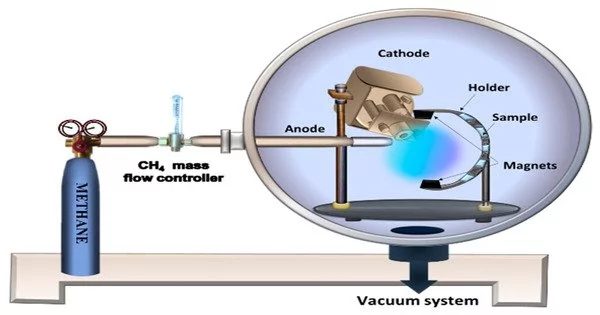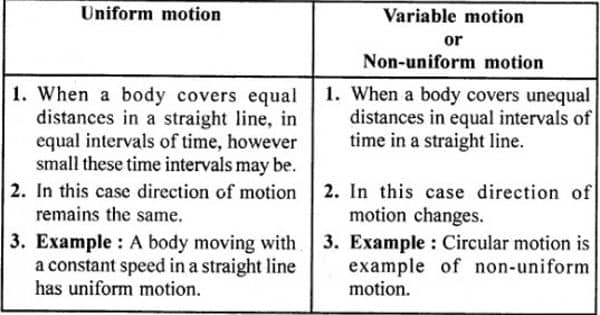When the surfaces of metal electrodes in contact with a good vacuum begin to emit electrons, either through heating (thermionic emission) or in an electric field strong enough to cause field electron emission, a vacuum arc can form. An electric arc that occurs in a vacuum or low-pressure gas is referred to as a vacuum arc. An electric arc is a discharge of electricity that creates a conductive path between two electrodes by passing through a gas. This discharge occurs in a vacuum or a controlled low-pressure environment in a vacuum arc.
A vacuum arc can persist once it is started because the freed particles gain kinetic energy from the electric field, heating the metal surfaces through high-speed particle collisions. This process can result in an incandescent cathode spot, which frees more particles and keeps the arc going. An incandescent anode spot can form at sufficiently high currents. Certain types of vacuum tubes and high-voltage vacuum switches require electric discharge in vacuum.
When a high voltage is applied across a gap between two electrodes in a vacuum or low-pressure gas, the electric field becomes strong enough to ionize the gas particles, resulting in the formation of plasma. The plasma allows electric current to flow, resulting in the formation of an electric arc.
When compared to atmospheric arcs, vacuum arcs have some distinct characteristics. One notable difference is the lack of gas molecules that can be ionized and participate in the dynamics of the arc. Due to the lack of gas ions, the arc’s ability to cool itself is limited, resulting in higher temperatures and more concentrated energy.
The thermionic vacuum arc (TVA) is a novel plasma source that produces a plasma containing ions with directed energy. TVA discharges can be ignited in high-vacuum conditions between a heated cathode (electron gun) and a material-containing anode (tungsten crucible). The incident accelerated electron beam on the anode heats the crucible and its contents to a high temperature. A bright discharge is ignited between the electrodes after establishing a steady-state density of the evaporating anode material atoms and when the voltage applied is high enough.
Vacuum arcs are common in a variety of electrical applications and devices, including vacuum interrupters, vacuum circuit breakers, and high-power switches. Vacuum arcs are used in these devices to interrupt or control the flow of electric current. Vacuum arcs can withstand high current densities and have quick arc extinction, making them useful in high-power applications.
Vacuum arcs must be understood and controlled in order for vacuum-based electrical equipment to operate safely and reliably. Vacuum arc research entails investigating arc formation, behavior, stability, and extinguishing techniques. It is a hotbed of research and development in the fields of electrical engineering and physics.
















